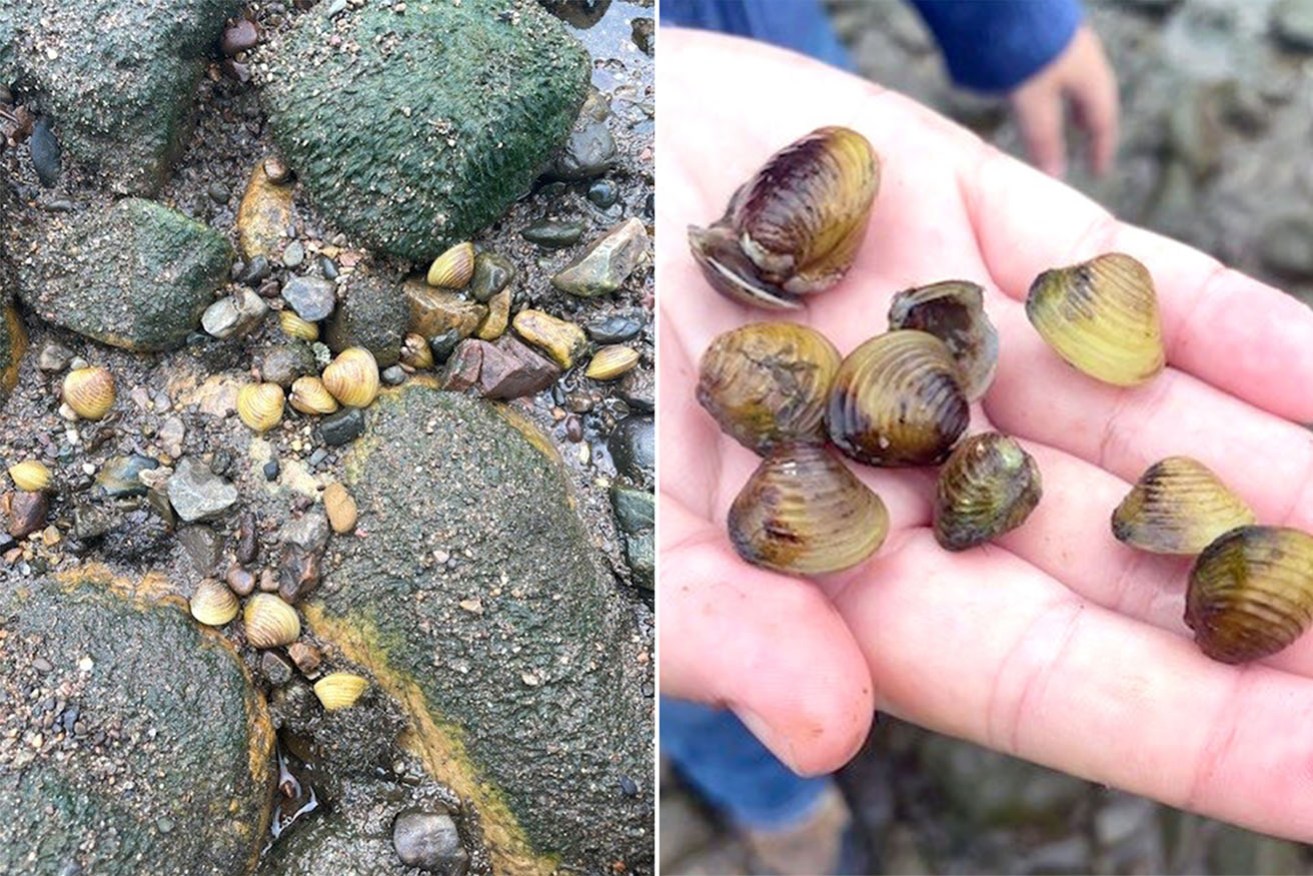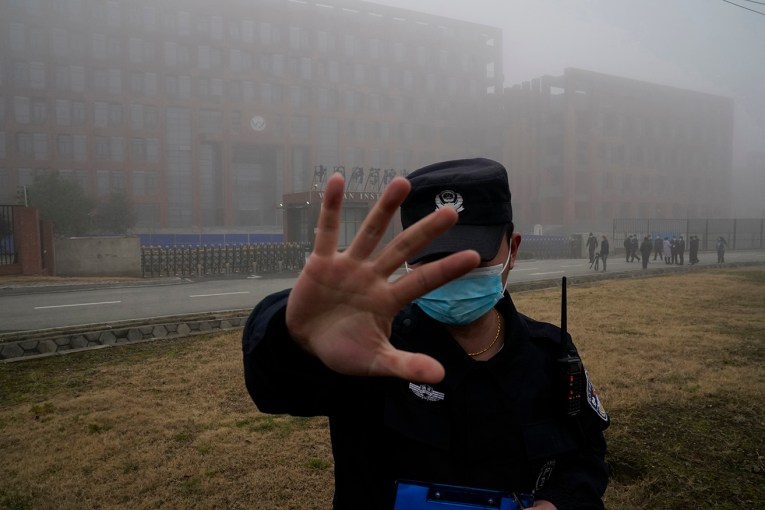Freshwater gold clam raises fears for rivers, water network

Biosecurity authorities are on alert after a highly invasive clam was found in the Brisbane River. Photo: Queensland Government/AAP
Australia has a new exotic pest and it could be very bad news for the health of river systems and water infrastructure.
The freshwater gold clam is a fast-growing, prolific breeder and it has been detected for the first time in the Brisbane River.
The species is on a list of priority exotic pests Australia wants to keep out because of its capacity for environmental harm.
Several sites have been identified along the river and experts warn the invader could be very difficult, if not impossible, to contain.
In places overseas where the clam is common, it has had major impacts on river health.
A single clam can produce 400 offspring a day and up to 70,000 a year, meaning they can quickly form large populations capable of blocking waterways, driving down water quality, and crowding out native species.
The clams can also clog up water-based infrastructure including hydroelectric dams, irrigation systems and water treatment plants.
And it’s very good at spreading, harnessing river water flows to disperse larvae over broad areas.
Dr Carol Booth, from the Invasive Species Council, said the detections were very worrying but Australia shouldn’t concede defeat just yet.
Booth said more information was needed to understand if interventions such as manual removal are feasible.
But she also notes eradication is extremely difficult in natural waterways, as opposed to industrial settings like irrigation networks where poison can be effective.
“If they’re only a small population then you’d hope you could actually physically remove them. The prospects don’t sound good, but until we know let’s not rule it out.”
The clam had been spreading around the world for the past 100 years and until now Australia was among the few continents without it.
“Because it’s now in so many more places, it’s just got so many more opportunities to get to Australia,” Dr Booth said.
“It can attach as bio-fouling, in ballast waters, it’s an aquarium species, it could be used as bait. It’s just a really amazing traveller and so keeping it out is undoubtedly very difficult.”
Earlier this week, senators were told a federal government fund set up to boost Australia’s capacity to prevent, prepare for, detect and respond to exotic pests receives just $825,000 a year.
The Environmental Biosecurity Project Fund has not had a funding increase in seven years of operation and the money is not indexed, meaning it does not keep pace with inflation, a Senate estimates hearing was told.
But Australia’s chief environmental biosecurity officer Dr Bertie Hennecke said the funding was only a fraction of what’s being spent to ward off new pests, and deal with the ones that have already arrived.
He said the government took a shared responsibility approach to biosecurity, and looked to states, territories and other stakeholders to help with costs, with the imported red fire ant program an example of that.
Independent Senator David Pocock asked if that ran the risk of no one taking adequate responsibility.
Hennecke said there could always be more investment and there were some “gaps in the puzzle”.
“But over time we get more information and we are getting on top of some of these species that are having a significant impact on our environment and social amenities.”
Biosecurity Queensland urged boaties and other river users to be on alert and report any sightings of the clam, which has an inflated, round to triangular shell that’s yellowish brown to black with evenly spaced ridges.








